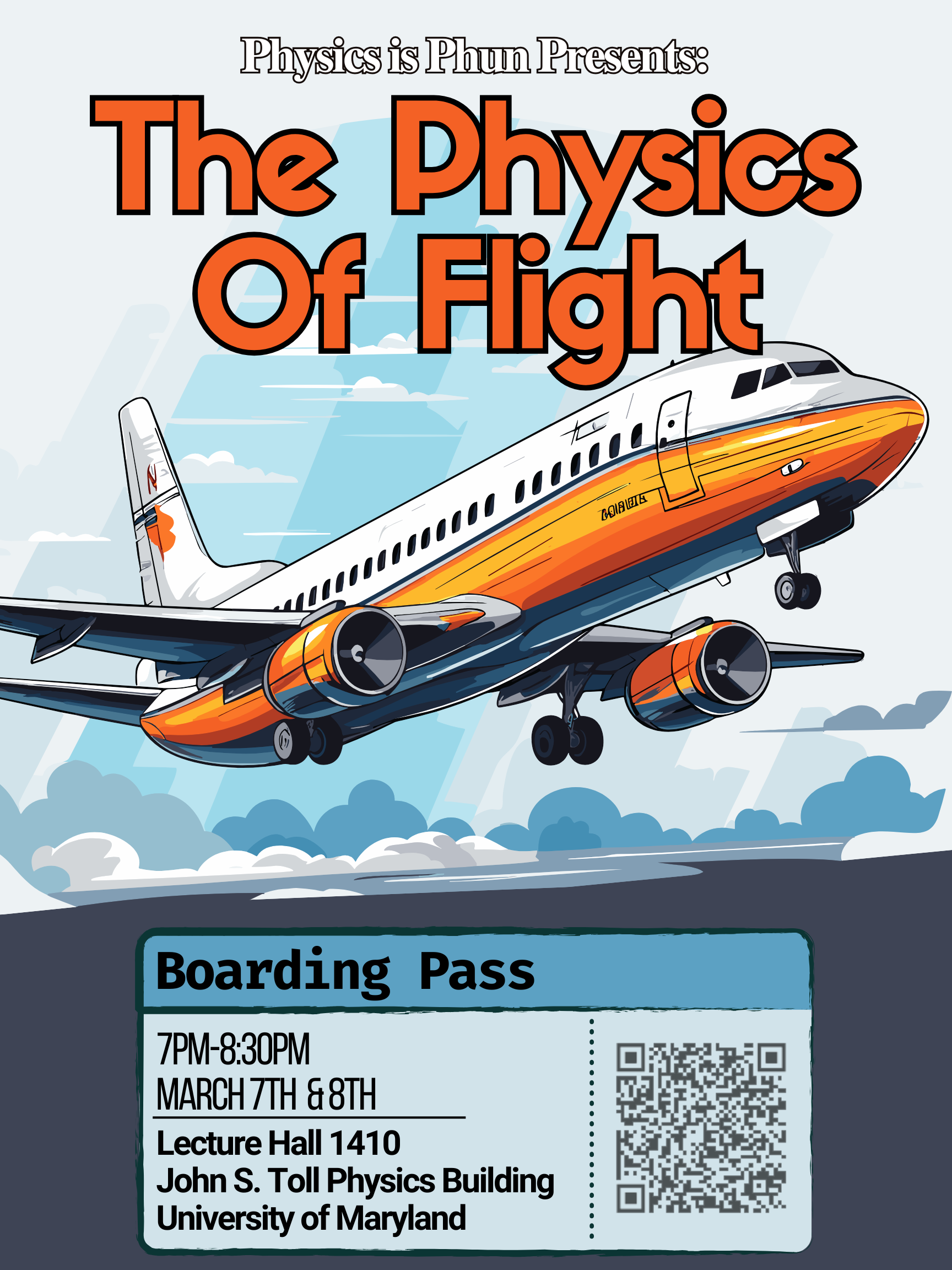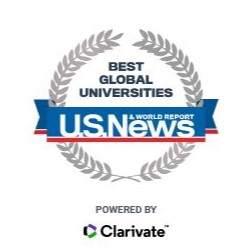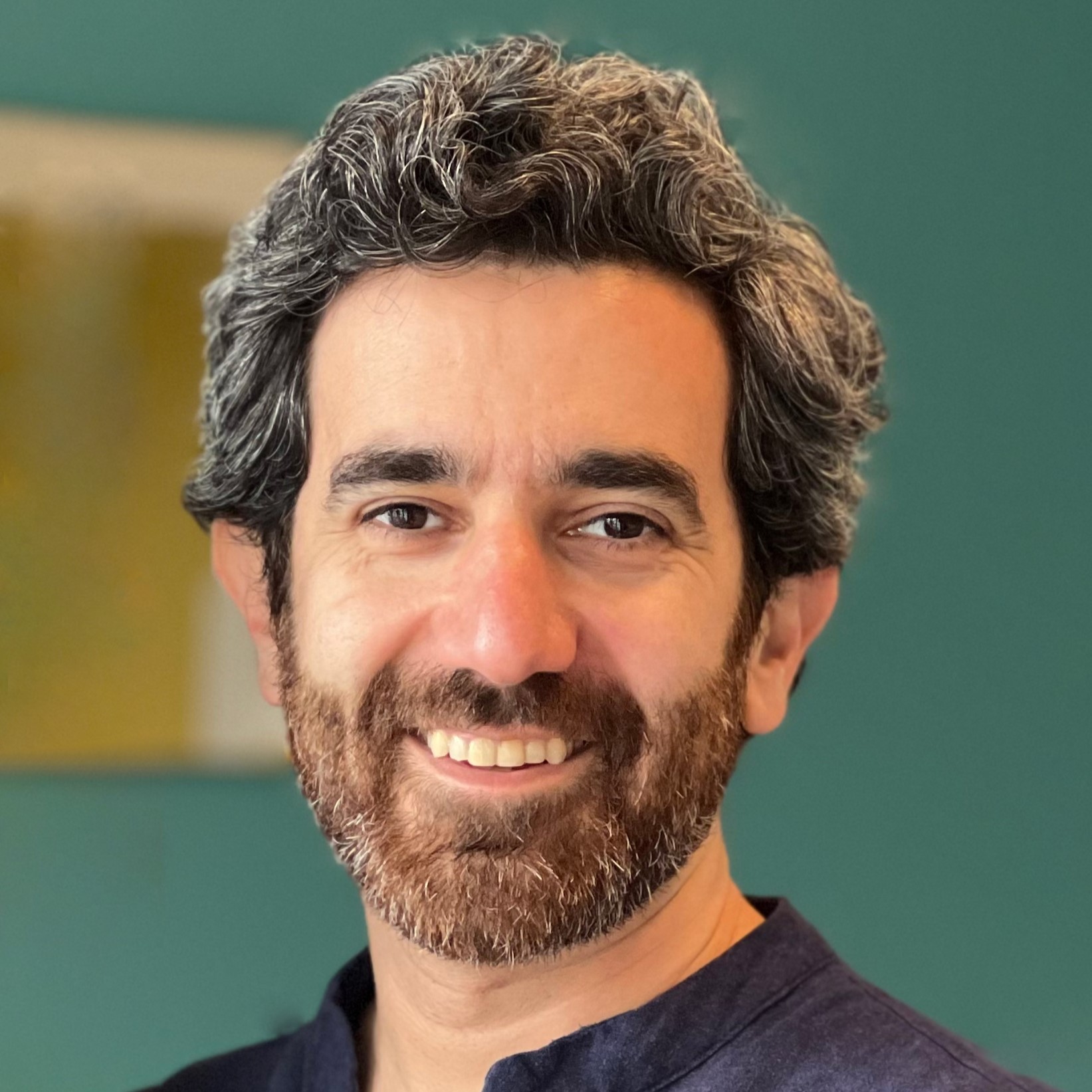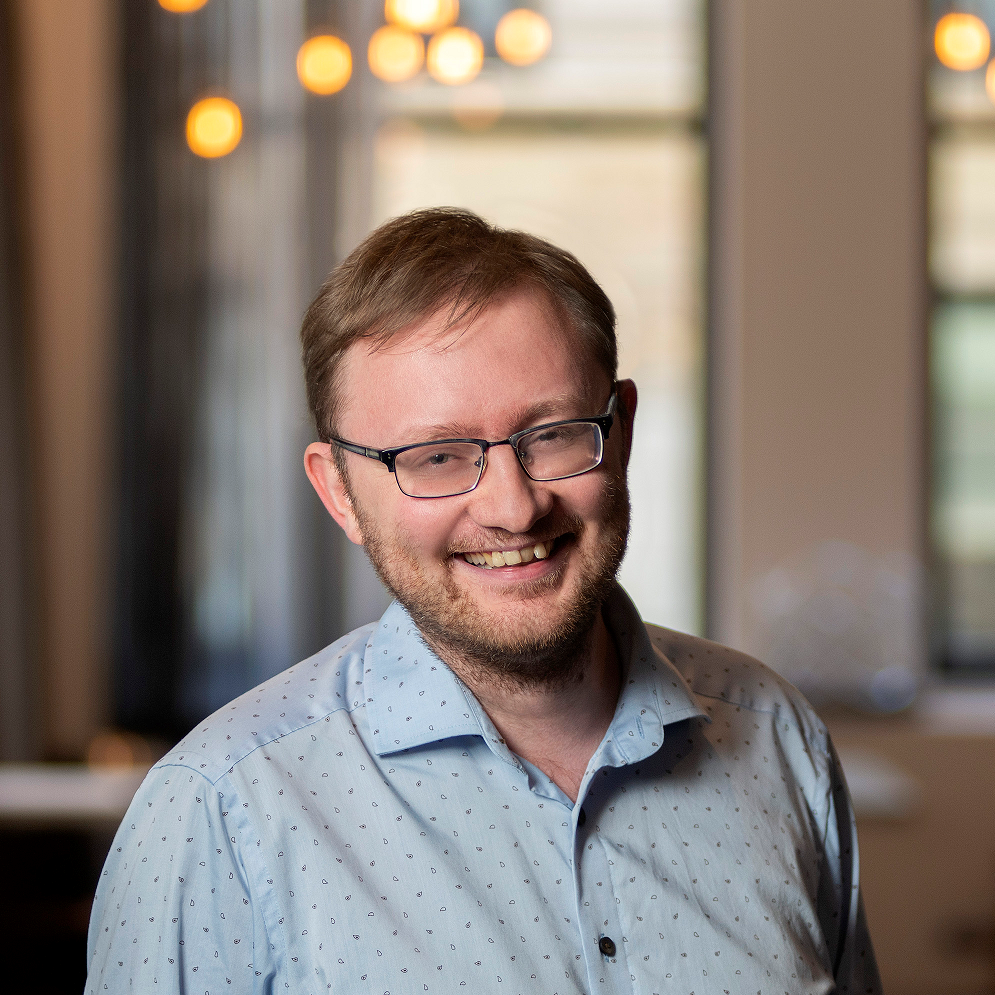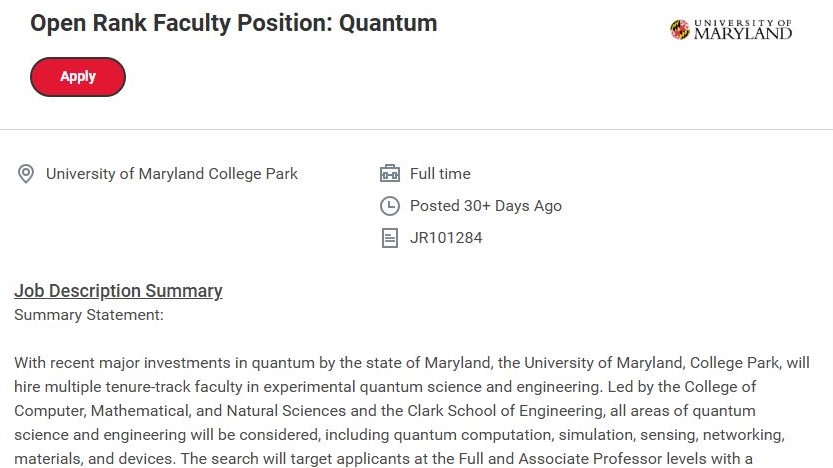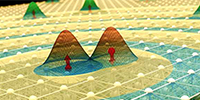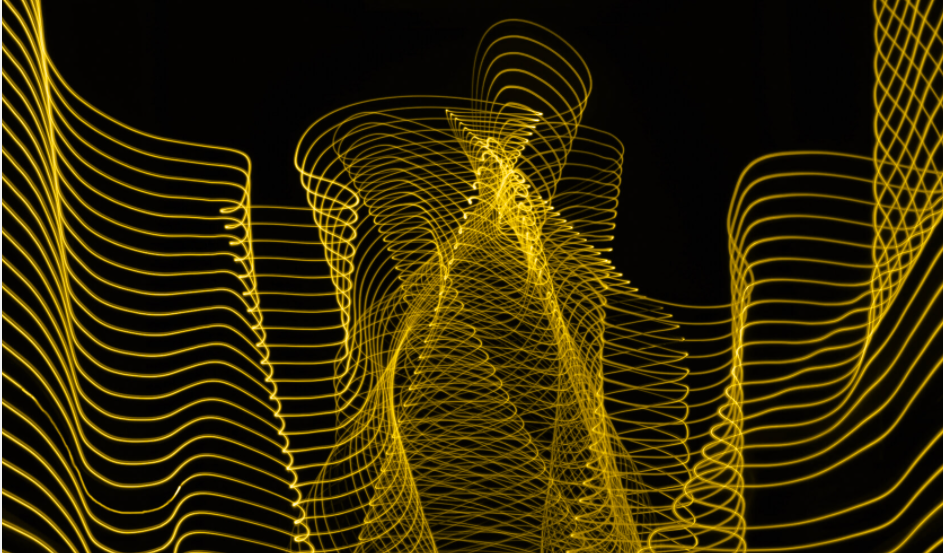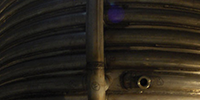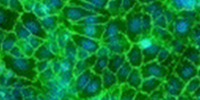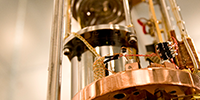Exploring the Physics of Graphene with Local Probes
- Details
- Created: Wednesday, November 30 2011 11:56
- Last Updated: Wednesday, November 30 2011 13:47
- Written by Carole Kiger
- Hits: 3844
December 6, 2011
The recent ability to isolate and study the single atomic sheet of graphene has created a great deal of excitement in the scienctific community. Graphene is composed entirely of exposed surface atoms, which offers a unique opportunity to examine a 2-dimensional electron system with local probe measurements. In this talk I will describe our studies using scanning tunneling spectroscopy (STS) to examine interactions and disorder in various graphenes produced by different methods with varying degrees of disorder. Electron interactions are observed in tunneling spectroscopy measurements in high mobility graphene produced by thermal decomposition of SiC [1]. In these graphene samples Landau level (LL) degeneracies are lifted with energy scales that vary as function of magnetic field and filling factor. Additionally, enhanced energy splittings are measured when LL sublevels are emptied or filled as they cross the Fermi level. Using a back-gated exfoliated graphene device on SiO2 we observe a Landau level spectrum and charging resonances [2,3] that are completely different from the above STS measurements on weak disorder graphene systems. Applying a gating potential allows us to obtain “STS gate maps”, which allow a detailed examination of the transitions from compressible to incompressible electron systems.
[1] High Resolution Tunneling Spectroscopy of a Graphene Quartet, Y. Jae Song, A. F. Otte, Y. Kuk, Y. Hu, D. B. Torrance, P. N. First, W. A. de Heer, H. Min, S. Adam, M. D. Stiles, A. H. MacDonald, and J. A. Stroscio, Nature 467, 185 (2010).
[2] Evolution of Microscopic Localization in Graphene in a Magnetic Field: From Scattering Resonances to Quantum Dots, S. Jung, G. M. Rutter, N. N. Klimov, D. B. Newell, I. Calizo, A. R. Hight-Walker, N. B. Zhitenev, and J. A. Stroscio, Nature Physics 7, 245 (2011).
[3] Microscopic Polarization in Bilayer Graphene, Gregory M. Rutter, Suyong Jung, Nikolai N. Klimov, David B. Newell, Nikolai B. Zhitenev, and Joseph A. Stroscio, Nature Physics 7, 649 (2011).
-------------------------------------------------------------------------------------------------------------------------------------------------------------------------------------------------
Colloquia are held Tuesdays in Room 1410 at 4:00 pm (preceded by light refreshments at 3:30). If you have additional questions, please call 301-405-5946.







